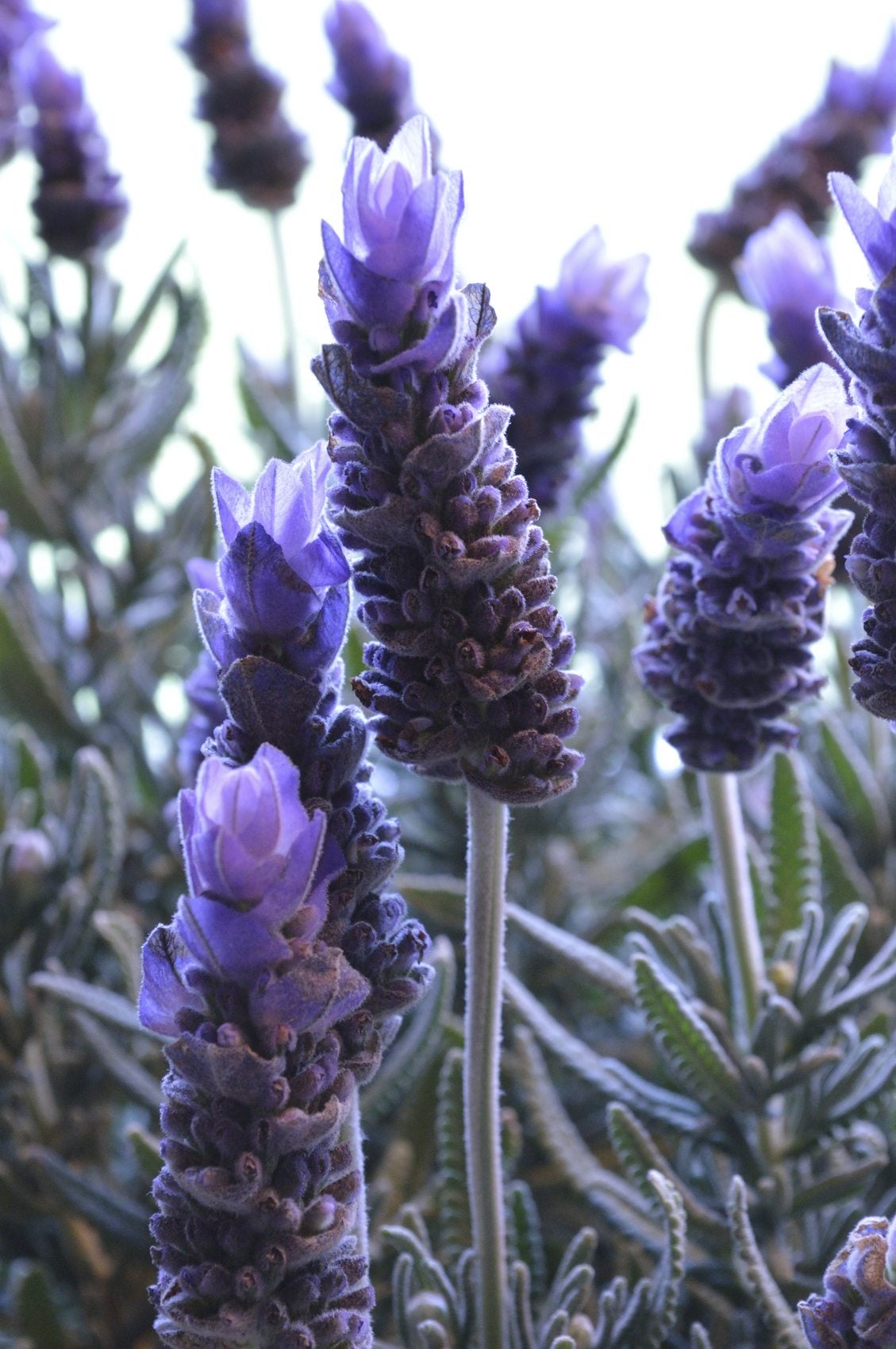Fertilizer For Lavender: When To Feed Lavender In Gardens


Lavender is a fantastic plant to have around - it looks good, it smells amazing, and it can be harvested for use in cooking and making sachets. It’s also extremely easy to care for, as long as you know how to do it. Keep reading to learn more about when and how to fertilize lavender plants.
Fertilizing Lavender Plants
Lavender is a tricky plant to grow, though its needs are actually very simple. But time and again gardeners find theirs dying on them. Why is this? More often than not, the plants have actually been cared for to death. Lavender needs very little water to survive, and it’s frequently drowned by well-intentioned gardeners who think they’re doing it a favor. And the very same thing goes for fertilizer.
How and When to Feed Lavender
Lavender plants really prefer nutrient poor soil. Fertilizing lavender too heavily may cause it to grow excess foliage and never flower (particular if the fertilizer for lavender is rich in nitrogen) or it may flat out kill it. This isn’t to say that lavender plant feeding is completely out of the question – it’s all just a matter of doing it right.
The best (and only) time for fertilizing lavender is in the springtime at the start of the growing season. The easiest and best thing to do is to put down an inch (2.5 cm.) of good compost around the plant. This should provide plenty of nutrients for the year to come. Alternatively, you can feed your lavender with a small amount of slow-release fertilizer.
Once you’ve done this, leave it alone. Fertilizing lavender too much can hurt it. Don’t fertilize in the fall, either. This will make the plant produce tender new growth that will only get damaged or killed in the winter. With lavender plant feeding, a little really does go a long way.
Sign up for the Gardening Know How newsletter today and receive a free copy of our e-book "How to Grow Delicious Tomatoes".

The only child of a horticulturist and an English teacher, Liz Baessler was destined to become a gardening editor. She has been with Gardening Know how since 2015, and a Senior Editor since 2020. She holds a BA in English from Brandeis University and an MA in English from the University of Geneva, Switzerland. After years of gardening in containers and community garden plots, she finally has a backyard of her own, which she is systematically filling with vegetables and flowers.